Ancient (before 500 CE)

Exploring Africa
Its goal is to provide high quality resources about Africa and its nations for K-12 educators. Teachers and students can learn about themes relating to African history and information about specific countries in a well-researched, easily digestible format.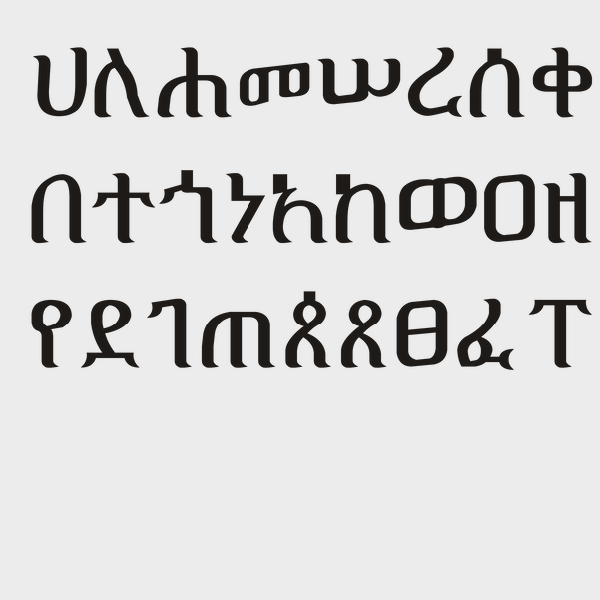
Ge'ez Script
Ge’ez script is a script used in modern-day Eritrea and Ethiopia that dates back to the 1st century CE.
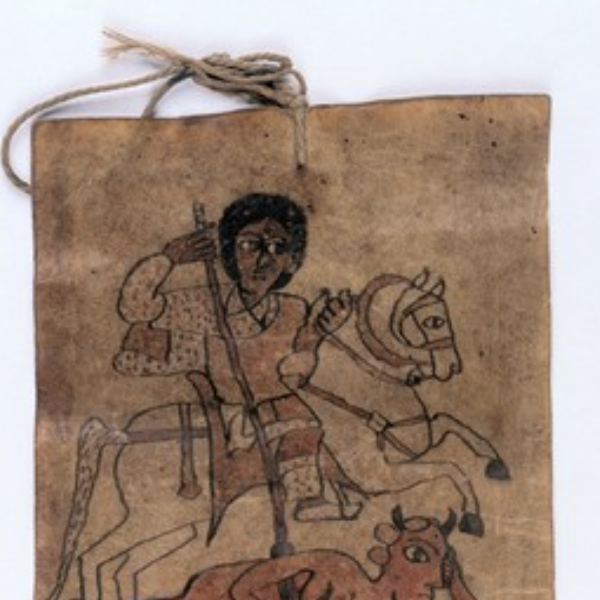
Ethiopian Healing Scrolls
Ethiopian healing scrolls are believed to eliminate sickness by ridding spirits and demons from an ill person. Originating sometime between the 1st and 8th century CE in the Axum empire, the scrolls are still used to this day, and still written in the Ge’ez script of the Axum empire.

Poverty Point in Louisiana, United States
Poverty Point is a prehistoric earthenwork site featuring mounds, ridges, and a ceremonial plaza located in northeastern Louisiana, United States.

Altar from the Classic Maya Period
This limestone altar was created by the Maya culture sometime between 300 and 900 CE and found in Belize in Central America. The altar is round and was carved with twenty glyph blocks on top, which are now faded and display cracks but also attempts at repairs.
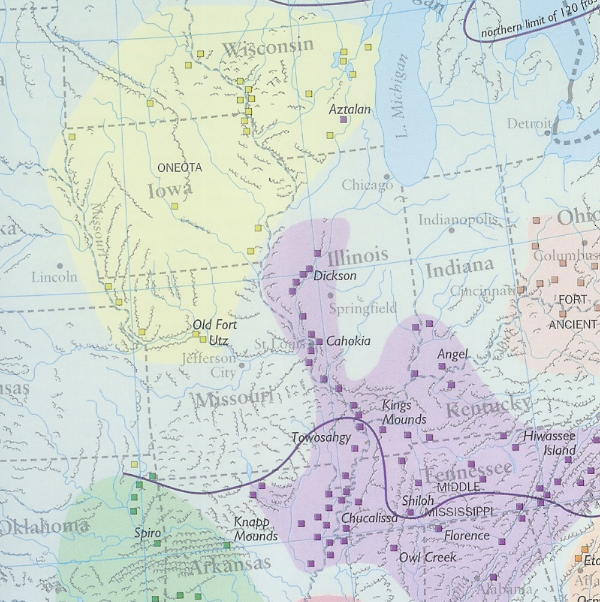
The Moundbuilders' Art: A Confluence of 'Ingenuity, Industry, and Elegance'
The amount of information and resources included in the exhibit are targeted and would likely not overwhelm a high school student. Alternatively, the site is full of resources that could be used separately, especially for younger students.Polynesian Oral Traditions
This collection compiled by Rawiri Taonui, a professor of Indigenous Studies, includes creation myths and stories about gods, the origin of humanity, and cultural heroes for several Polynesian cultures, such as Hawaii, Samoa, Tonga, Tahiti, and numerous others.
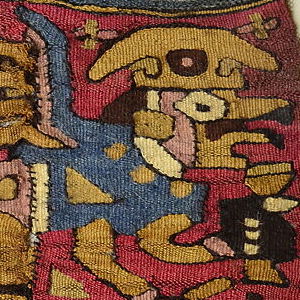
Coca Bag
This coca bag is from the Moche culture that existed in Peru between the period of 100 to 700 AD. The Moche are known for their ceramics, textiles, and metalworking practices, and this bag demonstrates the skill of Moche weavers.

Meroitic Script
The Meroitic Script was used in the Kingdom of Kush beginning in the 3rd Century BCE, or the Meroitic Period, and had two forms, Meroitic Cursive and Meroitic hieroglyphs.
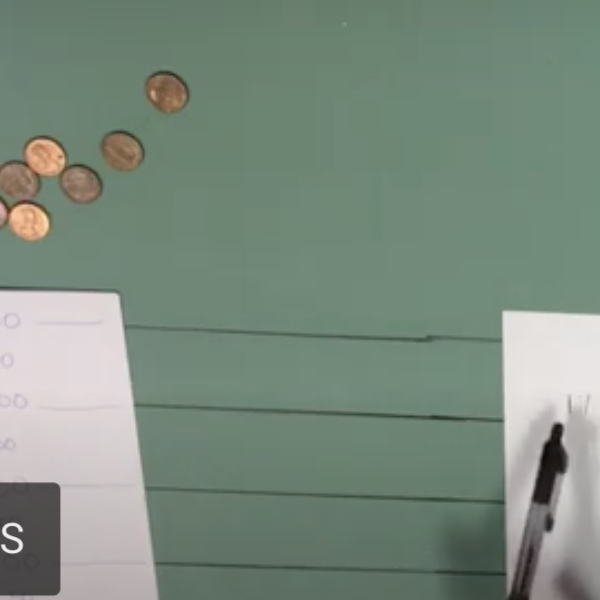
Division with an Early Modern Counting Board
Before the rise of literacy rates, counting boards such as the one featured in the video were the most common way to perform arithmetic. After pen-and-paper arithmetic replaced counting boards, Arabic numerals also became dominant throughout Europe.